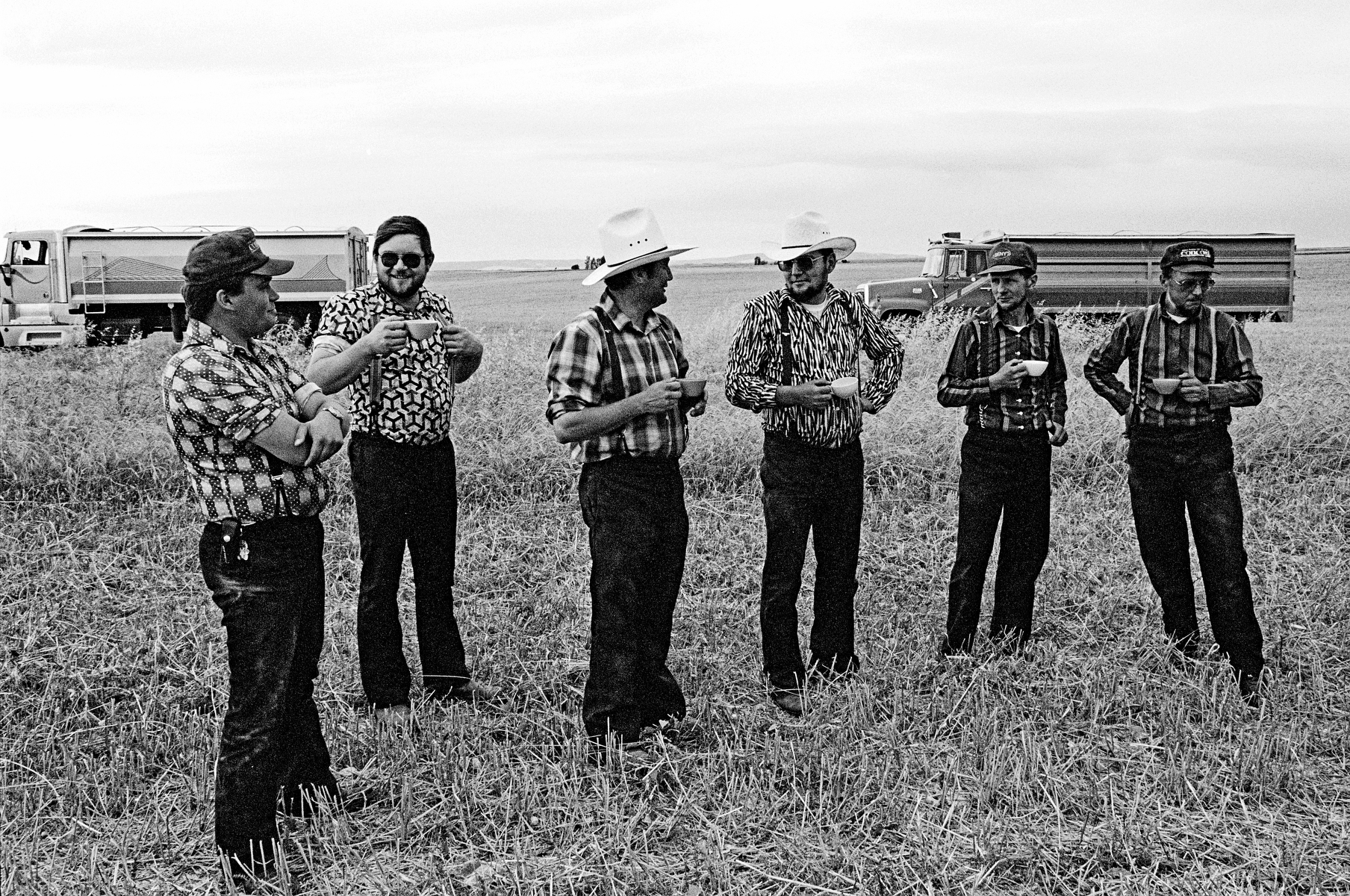Hutterites
![]()
St. Gall, Germany
Religious, Christian
Celibate
825 AD

St. Gall, Germany
Religious, Christian
Celibate
825 AD
1 Residential Houses 2 Church 3 School 4 Kindergarten 5 Kitchen House 6 Agricultural Buildings


The Hutterites are the longest-lived communal living experiment in the world. The group originated as part of the radical reformation movement in present day Czech Republic in 1528, and immigrated to the USA in 1874. Like their better-known cousins, the Amish and the Mennonites, the Hutterites live and look today, much as they did 500 years ago. The pacifist, German-speaking, Anabaptist group numbers 50,000 people, distributed across “Bruderhofen”, or colonies, in the Great Plains and Western Canada. When a colony reaches 120 members, the community splits and half the families resettle in a daughter colony. The high birth rate means this happens every 18 - 20 years. The rule gives the communities a concrete goal to work towards and save for, and keeps colonies at an optimal size where everyone can contribute meaningfuly while preserving scarce resources.
The architecture of the colonies doesn’t reflect their European origins, but rather their pragmatism. Communities are built by Hutterite men, quickly, and from cost-effective material, and the buildings are indistinguishable from the rural American context. Families live in two-storey terraced houses (1) that contain four to five bedrooms, a living space, and small kitchenette. The main kitchen (5), dining hall, and baths are communal facilities. The small kindergarten (4) building is ideally located near the colony kitchen, and consists of 2-3 rooms, one of which can be darkened for napping. Dining room/playroom.
The Hutterites produce only what they need in order to survive, including moral behavior; they are defined by strict hierarchical organization, population caps, and the centrality of agriculture.










Hutterites End Notes
Huffman, Donald W. “Life in a Hutterite Colony: An Outsider’s Experience and Reflections on a Forgotten People in Our Midst.” The American Journal of Economics and Sociology 59, no. 4 (2000): 549–71. http://www.jstor.org/stable/3487826.
Ungers, Liselotte, and Oswald Mathias Ungers. Kommunen in Der Neuen Welt: 1740-1971. Köln: Kiepenheuer & Witsch, 1972. Page 43
Hostetler, John A., and Gertrude Enders Huntington. “Communal Socialization Patterns in Hutterite Society.” Ethnology 7, no. 4 (1968): 331–55. https://doi.org/10.2307/3773015. Page 338.